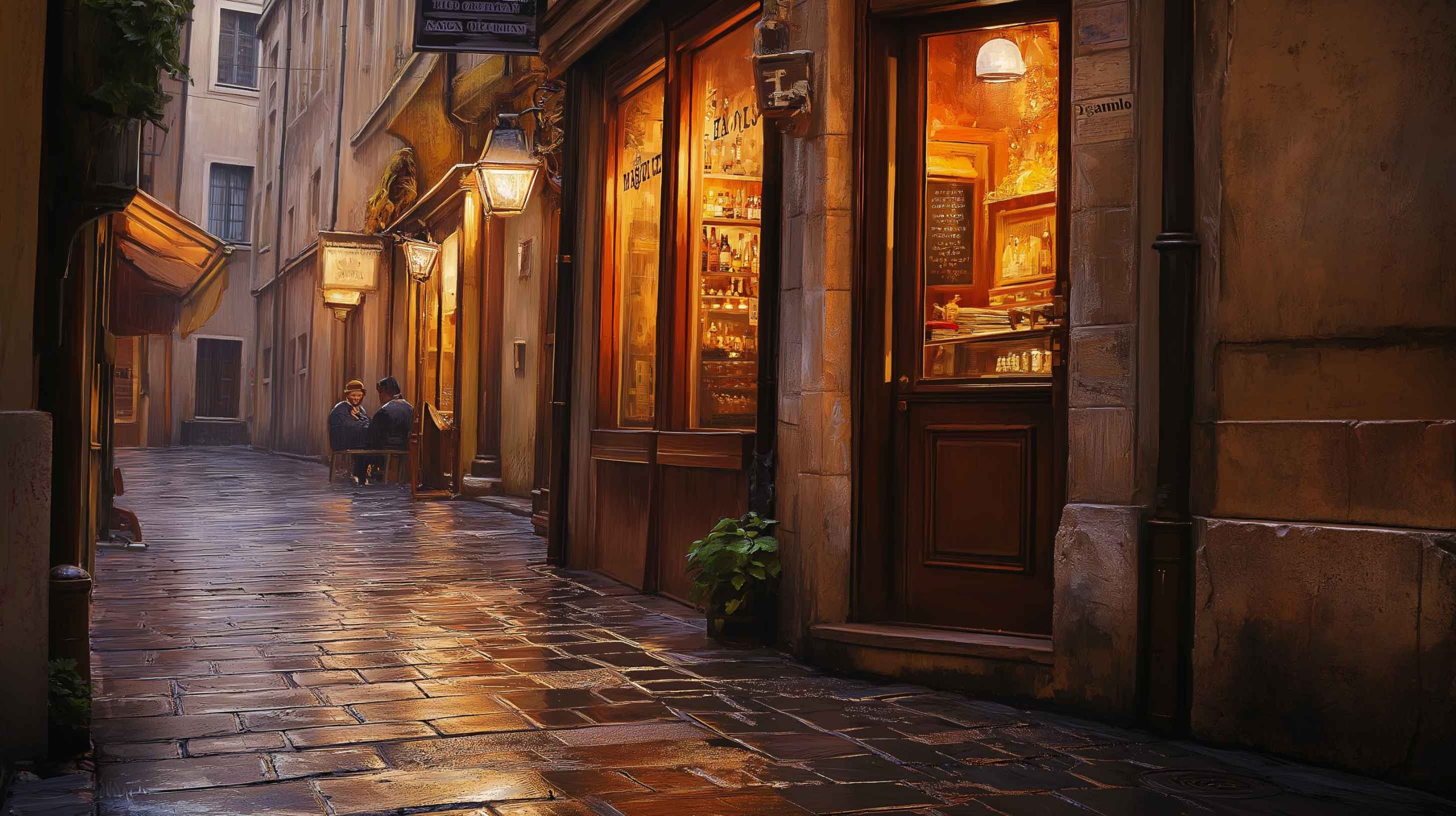
How to Explore a New City Like a Local
Every city has two faces. One is polished for visitors: the postcard landmarks, the souvenir shops, the safe, well-trodden routes. The other is lived every day by the people who call it home — hidden cafés, neighborhood rituals, shortcuts down alleys you’d never notice.
The difference between being a tourist and being a traveler lies in which face you seek. To explore a new city like a local is not about rejecting famous sights but about layering them with lived experience. It’s about asking: How do I step into the rhythm of this place, if only for a few days?
Here’s how to do it.
Step Off the Beaten Path — Literally
Tourists cluster where the guidebooks send them. Locals live just around the corner. After you’ve admired the big attractions, wander into the side streets. Look for where the signs are handwritten, where the menus aren’t in English, where the shop windows display things you don’t immediately recognise.
This is often where you’ll find the true flavour of the city: the bakery where schoolchildren queue for rolls, the tiny barber shop buzzing with gossip, the pub where the TV plays football in the corner. These are the places that never make it into brochures, but they are the texture of everyday life.
Follow Food, Not Just Maps
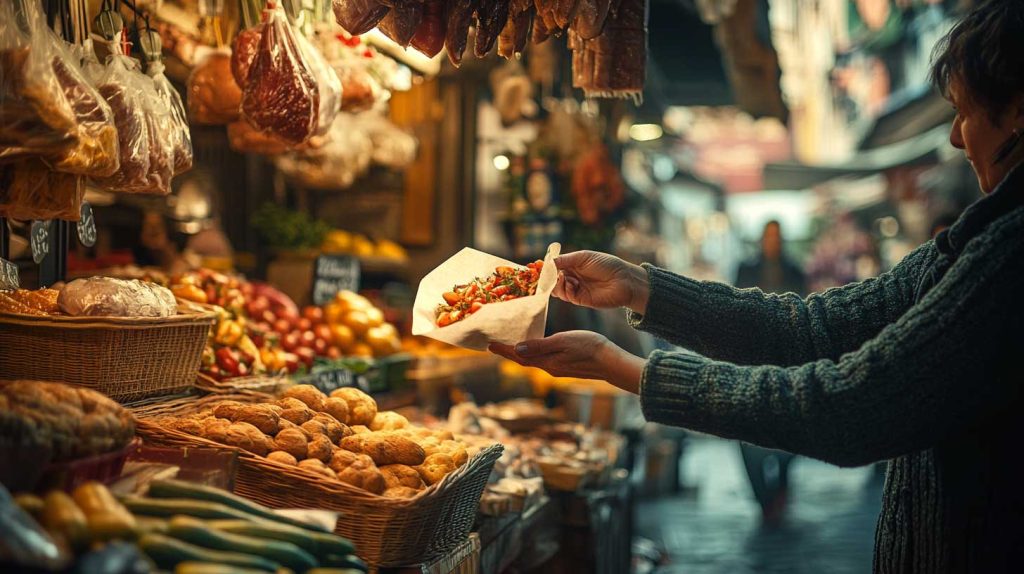
Guidebooks will tell you where to eat. Locals will show you how. The fastest way into a city’s culture is through its food, and that doesn’t always mean Michelin stars.
- Visit local markets. Wander through stalls piled with fresh produce, spices, and street snacks. Watch what people buy — it tells you more than any menu.
- Eat where the lines are. A small crowd of residents outside a café or food stall is the best endorsement.
- Try the unfamiliar. If you don’t know what’s on the plate but everyone else is eating it, you’re in the right place.
Food is ritual as much as sustenance. A coffee standing at the bar in Rome, tapas shared noisily in Seville, a late-night curry in Glasgow — these aren’t just meals, they’re acts of belonging.
Use Public Transport
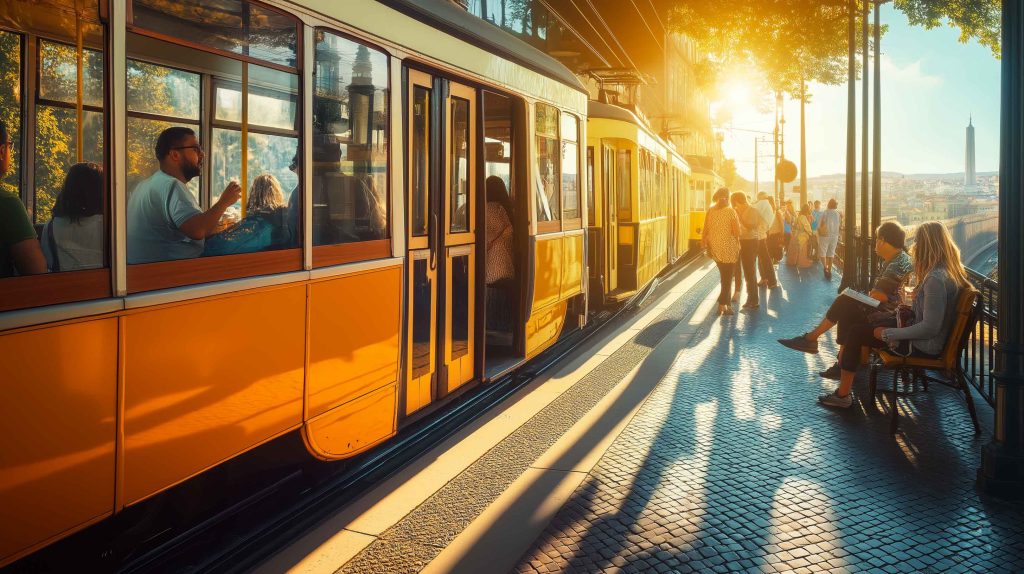
Taxis and tour buses are convenient, but public transport shows you the city in motion. The morning tram, the crowded metro, the ferry across the harbour — each one is a theatre of daily life. You’ll hear accents, watch interactions, and see the city knit together in real time. Plus, you’ll learn the practical geography far faster than if you only travelled in sealed capsules from attraction to attraction.
Learn the Small Rituals
Every city has its unspoken rules. In Tokyo, there’s near silence on trains. Paris, a polite bonjour opens any conversation. For New York, stand on the right of the escalator or risk a shove.
Observing and adopting these micro-rituals shows respect, and it changes how people treat you. You stop being “just another tourist” and start becoming a guest who understands. Watch, listen, mimic — and you’ll be surprised how doors open.
Ask Better Questions
Instead of “Where should I go?” ask locals, “Where do you go?” Taxi drivers, baristas, bookstore owners — they are walking guidebooks with opinions.
Be specific: “Where would you take a friend for a drink on Friday night?” or “Where do you buy bread in the morning?” These kinds of questions elicit places and stories you’d never find on TripAdvisor.
Seek the Overlooked
Every city has icons worth seeing, but the magic often lies in what is ignored. A mural tucked under a bridge. A forgotten graveyard where weeds climb through stone. A backstreet gallery opening with free wine and half-finished canvases.
To travel like a local is to cultivate curiosity — to treat the city as a living museum where the exhibits aren’t behind glass, they’re happening around you.
Slow Down
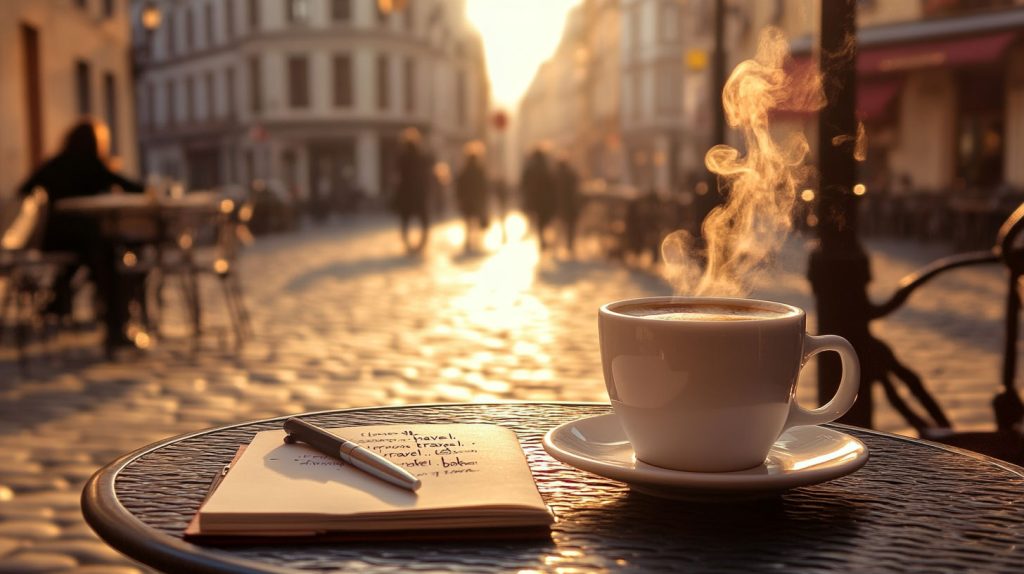
Locals don’t sprint through their own city ticking boxes. Neither should you. Give yourself permission to sit still and watch: on a park bench, at a corner café, beside a river.
Cities reveal themselves in layers — the sound of bells, the shift of light on stone, the rhythm of traffic. These are details you miss when you’re rushing from landmark to landmark.
Balance the Famous and the Familiar
Don’t misunderstand — see the Eiffel Tower, walk the Great Wall, visit Edinburgh Castle. These landmarks are famous for a reason. But balance them with the things no guidebook can script: the street musician you stop to listen to, the second-hand shop you duck into during the rain, the bar where your neighbour insists you try the house beer.
That balance — between spectacle and serendipity — is where the soul of a city reveals itself.
A New Kind of Souvenir
Exploring a city like a local doesn’t mean you’ll come home with more fridge magnets. You’ll return with something better: stories. The kind that start, “I stumbled into this little place…” or “A local told me about…”
These stories are proof that you didn’t just observe the city — you lived it, however briefly. And that is the truest kind of travel.
Final Thought
The difference between tourist and traveller isn’t in the passport stamps or the number of photos taken. It’s in attention. To explore a new city like a local is to pay attention — to people, to places, to the ordinary rhythms that make a place what it is.
Do that, and you’ll discover what guidebooks can’t sell: the feeling of belonging, however fleeting, to a city that wasn’t yours but welcomed you anyway.









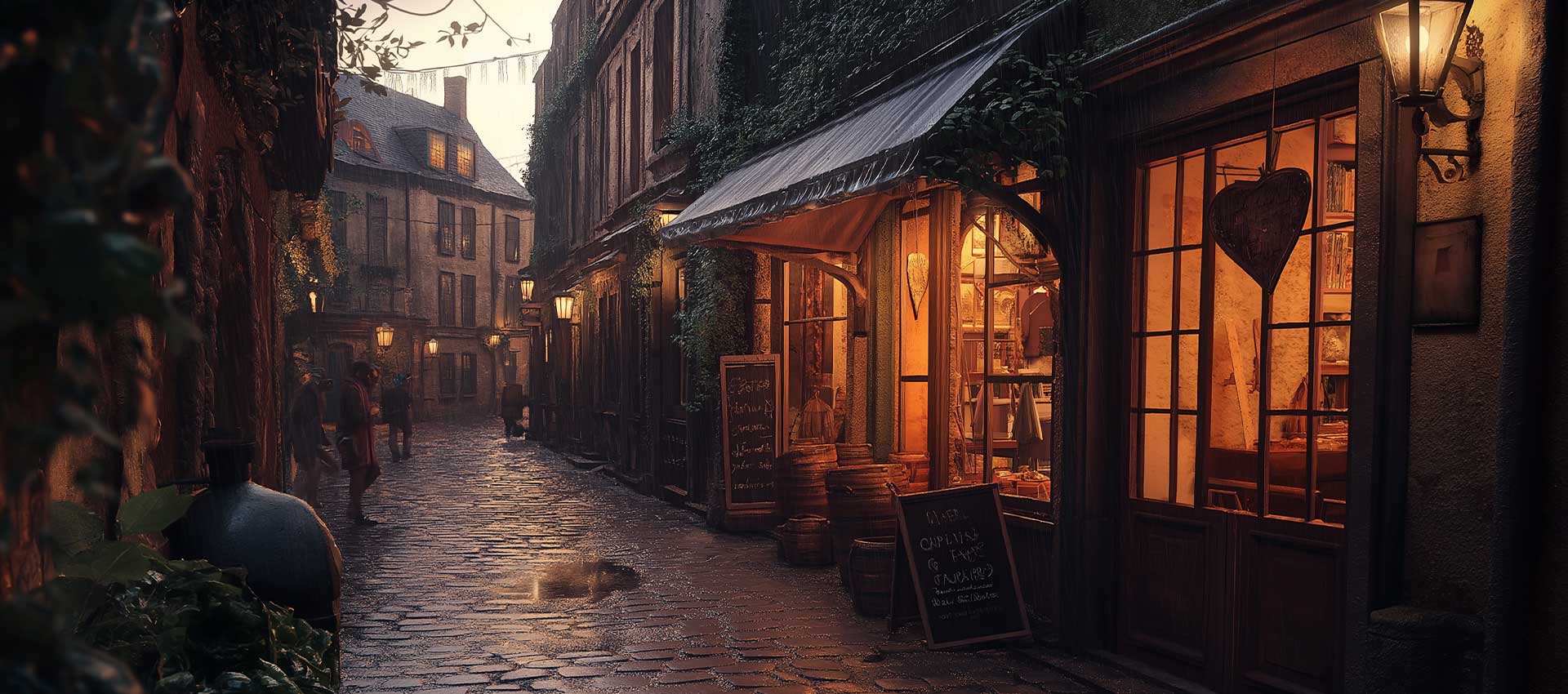
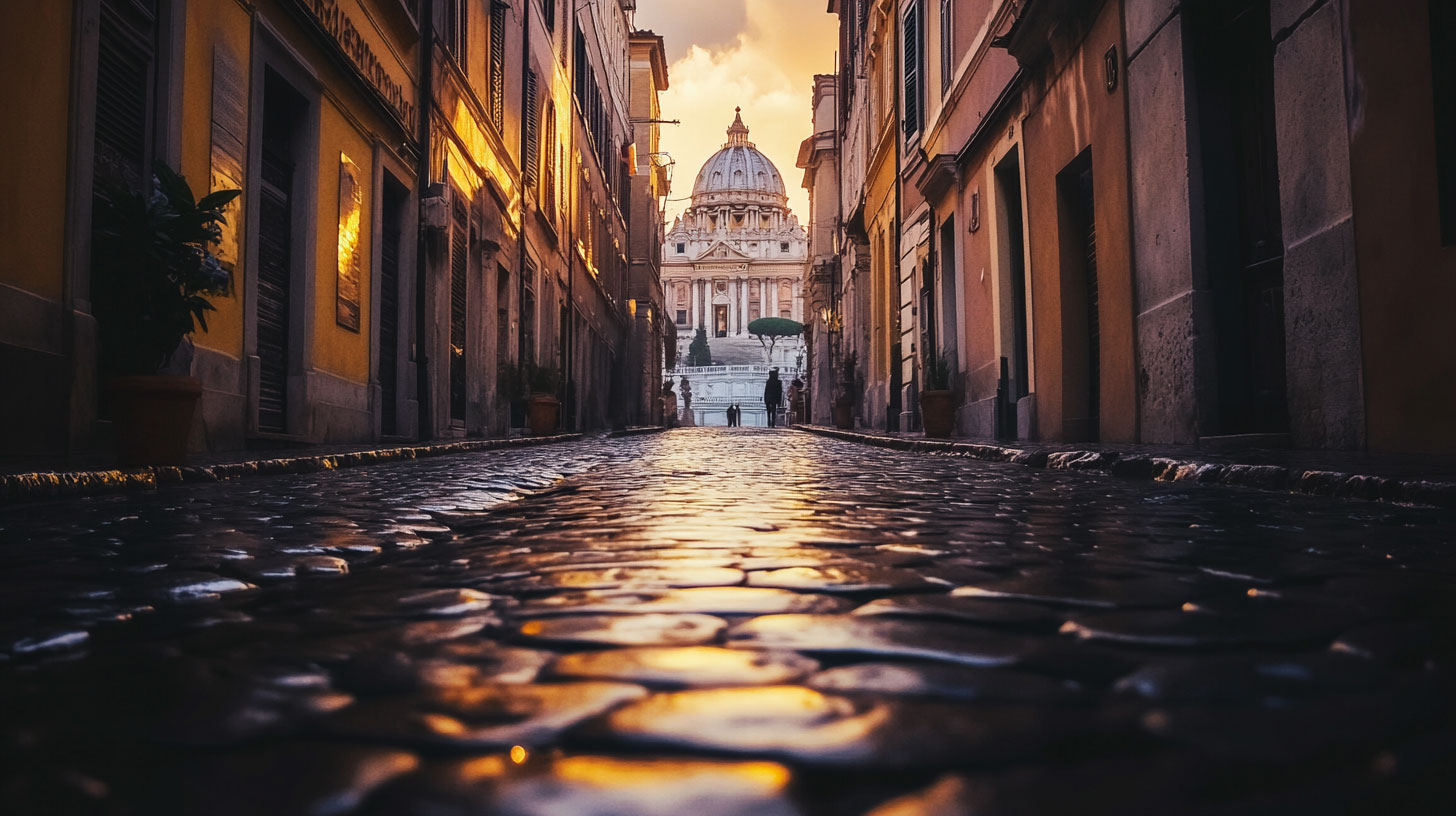



No Comments